The Academy of Motion Picture Arts & Sciences - the body behind The Oscars - has quietly made a subtle change to its inclusivity outreach program. For the next Oscars Awards, a years-in-the-making program to institute diversity standards on contending movies is to be put in place.
But now, comes word this effort is possibly meeting the challenge of reality. The Academy has softened its requirements, a possible sign that implementation is not a smooth process.
It just would not be Hollywood if there was a lack of melodrama and emotional reactions, which of course leads to a diminished amount of pragmatic thinking. It was in 2015 when the rather monochromatic winners list at the Academy Awards was called out by many, with the social media hashtag "#OscarsSoWhite" gaining traction and forcing introspection on the industry. It was a rather delicious time when the elites in entertainment - who love to cast accusations on the country as being intolerant - were exposed as being flaming hypocrites on the matter of race.
The face-saving efforts began in earnest. The Academy opened up its ranks to see fit that more women and people of color were admitted as members. Another enterprise that sprang up a few years ago was the rather brilliant idea of forcing inclusivity and diversity standards on films that would be up for nominations. Literally, the Academy was going to require individual movies to be subjected to meeting DEI standards in order to qualify for the Oscars.
This program requiring representation and inclusion standards was dubbed RAISE. Films that were hoped to become Oscar contenders would have to submit production hiring details to the Academy, which would then inspect the backgrounds of employed individuals in order to measure how much diversity the production had. Films would need to meet minimum hiring requirements in a structured measurement formula in order to qualify for a RAISE identification number, which would then entitle the movie to be approved for Oscar consideration.
This nebulous formula is migraine-inducing once you peer into the requirements. The Academy presents four standards where diversity is looked into, with a movie production needing to satisfy at least two of these in order for the film to qualify. The inclusivity mandates are:
Onscreen Representation, Themes, and Narratives (cast and/or storyline is minority focused)
Creative Leadership And Project Team (the behind-the-camera teams and crew members are diverse)
Industry Access and Opportunities (The production provided internships and other created positions for approved categories)
Audience Development (The marketing and distribution departments were appropriately diverse.
The amusement in all of this is that while it is one thing for the Academy to want to require these thresholds on production, many of the requirements would see the filmmakers running into labor law violations. In many cases, it is illegal for an employer to inquire about things such as your racial background or sexual preference because that could lead to workplace discrimination. With the Academy focused on the inclusion of gender, race, LGBT𝜋, and people with disabilities the minefield is apparent.
There are also loopholes since the now-accepted practice of gender fluidity makes for a bit of convenience. “Say Hank? We are short a couple of females to meet our quota. Can you self-identify as a woman until the end of the shoot?”
Now we have learned the Academy has softened its stance, at least just a bit, a probable sign that hoped-for titles are running into this issue. Suddenly on the site, a new standard has been put in place, allowing movies some leeway in these mandates. At Deadline, they have found that now movies can be excused from the RAISE requirement and still be eligible for Oscar nominations; the mitigating factor is that the movie would not be eligible for the Best Picture category.
You see where this revision has been brought about due to snags experienced in the application of this standards system.
Industry feedback and experience during the rollout led to the current policy. In a further substantial change, these people said, producers and distributors no longer are asked to identify cast and crew members by name when reporting on sex, race and disability issues. In its past form, the platform asked for for such personal identification.
What is likely in this explanation, beyond the clear case of labor law violations being a matter, is that particular films which were looked at as probable contenders and Oscar bait releases would be entirely excluded. The Academy was likely facing a reality that the very type of boutique and art house films they love to herald were being left aside because of these mandates, which themselves have little to do with the quality seen on screen.
Just consider that a film festival darling would end up with no nominations because the craft services team was not diverse enough. This is the folly of these “Affirmative Acting” requirements; the change being required oftentimes has little to do with the art. We can just be assured that next year’s Best Picture at least will be DEI-compliant and appropriately representative.
Just rename the category Best Diversity In Film, and be done with it.
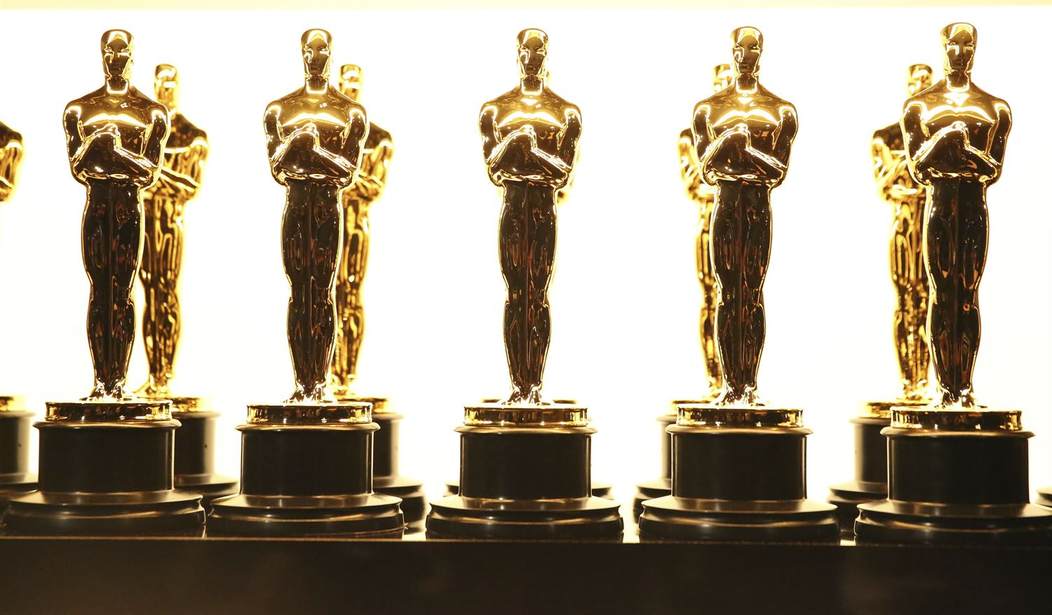

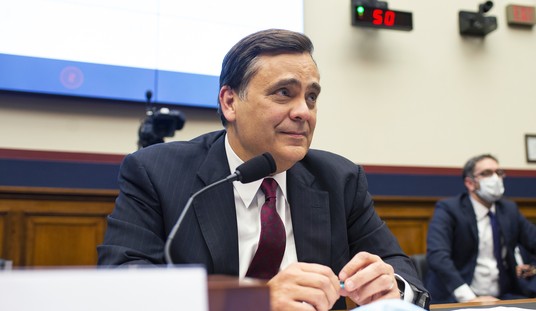


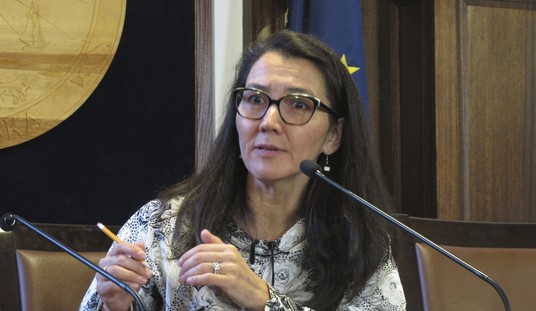
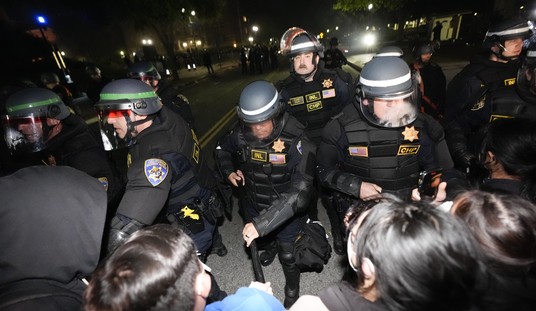
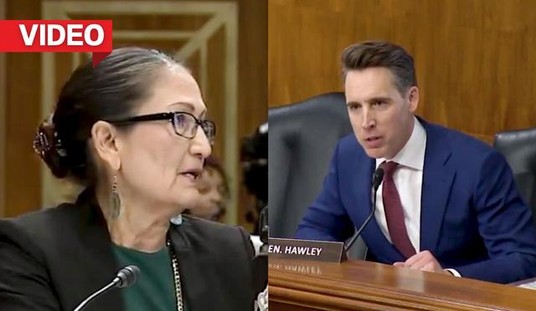
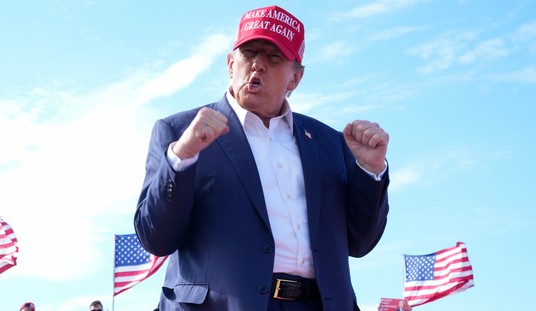


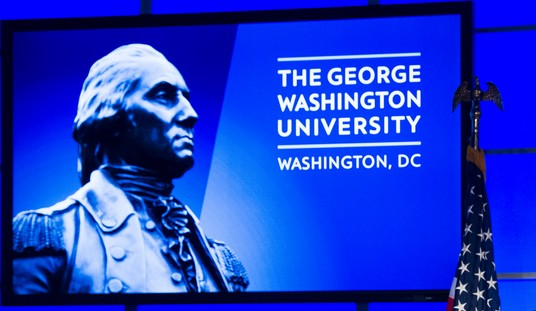
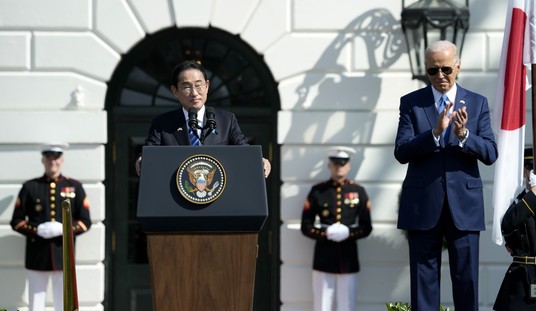
Join the conversation as a VIP Member